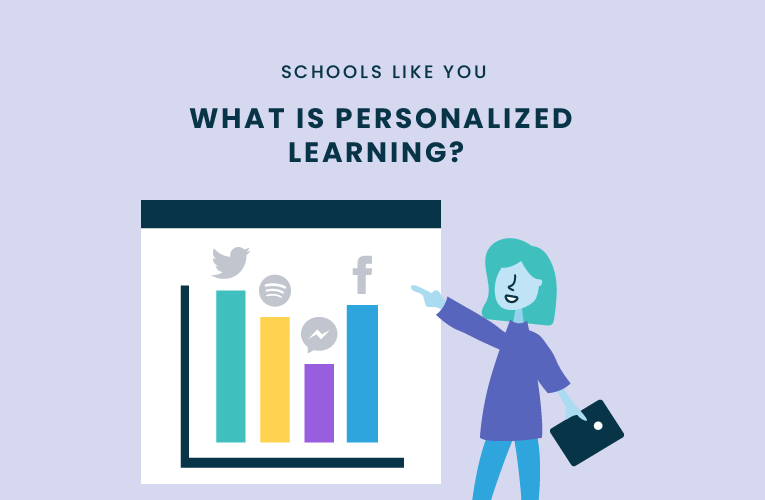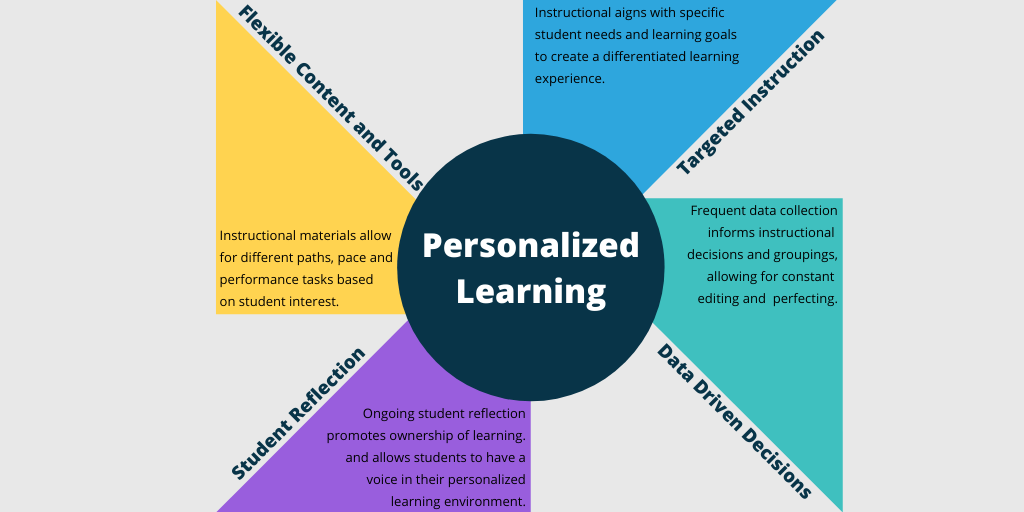Personalized learning is redefining K-12 education in the 21st century.
Teaching is no longer about uniform instruction so that all students are meeting the same benchmarks. Personalized learning has taken it to a whole other level, transforming the classroom by tailoring instruction and assessment to each individual student.
Personalized learning has never been more important, as technology is changing how students learn in the classroom and how teachers instruct. ISTE explains that it is the “purposeful design of blended instruction to combine face-to-face teaching, technology-assisted instruction and student-to-student collaboration to leverage each student’s interests for deeper learning.”
But what does personalized learning really mean? And how can teachers incorporate it into their instruction and classrooms?
A Definition for Personalized Learning
Personalized learning is all about one thing: transforming classroom instruction by tailoring tasks, instruction, and assessment to meet each student’s needs and abilities.
Students learn on different levels and in different ways, however, all students must successfully reach a mastery level of the subject matter by the end of the year. The learning process is no longer linear and “one-size-fits-all.” To account for this, teachers must begin to think about how to incorporate personalized learning into their instruction. Tailoring the learning experience to each student’s needs and interests allows not only students to be more successful in reaching these goals, but also makes the teacher’s instruction most effective.
A study conducted by the Gates Foundation used personalized learning to aid math instruction for students. Their results showed that the “average test scores went from far below the national average to considerably above the national average.” These results show that the addition of personalized learning to lessons and instruction can drastically change students’ learning outcomes.
To make personalized learning even more understandable, we put together a SlideShare deck to explain the why, what, and how of the framework can be created and applied to the classroom – featuring tips on how you can implement personalized learning in your classroom, and recommendations for teachers who have learned best practices along the way.
5 Tips to Incorporate Personalized Learning
Implementing personalized learning can be a long process that takes a lot of editing and perfecting to ensure that students and teachers will see results. Here are some tips to get you started with implementing personalized learning tactics in your classroom.
1. Assess students and begin to think about ways to customize
2. Prepare to make your classroom flexible
3. Let students make choices and be a part of the creation of their learning plan
4. Learn from others
5. Use the technology you already have and implement new Ed Tech tools
Learning what personalized learning means is important to be an effective educator in the 21st-century learning environment. With technology constantly changing K-12 classrooms and introducing new roadblocks and distractions to how students learn and process information, personalizing instruction is critical to the success of both teachers and students in the classroom.
Keep an eye out for more resources on applying personalization to Professional Development and opportunities to learn more about how to implement these tactics in your 2020 instructional plan.
Want more resources straight to your inbox?
Latest blog articles
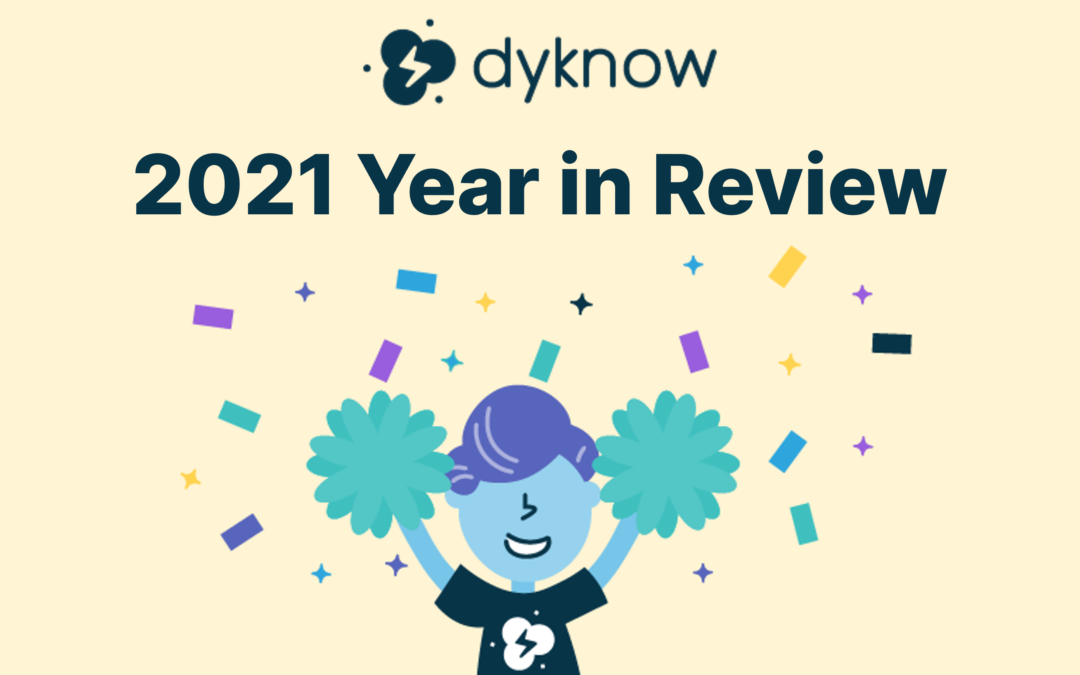
Dyknow 2021 Year In Review
In addition to web browser updates and bug fixes, Dyknow released several major product updates, new features and enhancements. Check out Dyknow’s 2021 Year in Review!
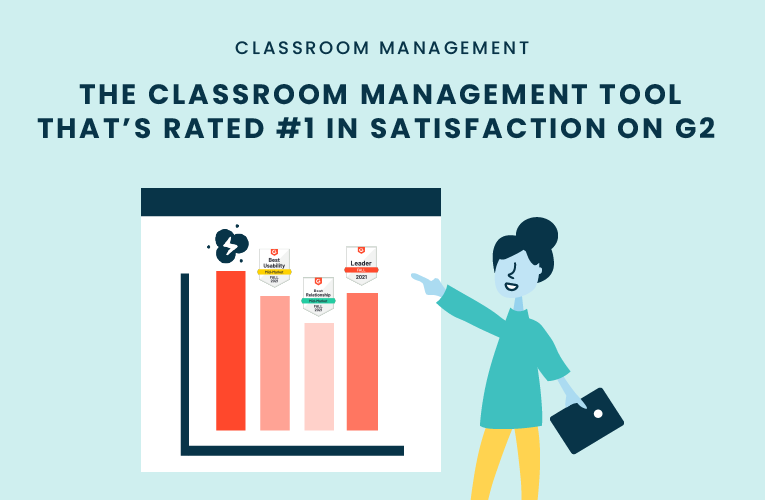
The Classroom Management Tool that’s Rated #1 in Satisfaction on G2
K-12 Administrators across the world trust G2 as the #1 platform to find, research, and choose EdTech tools that solve the most pressing problems their teachers are experiencing. In G2's Fall 2021 Reports, Dyknow was once again rated #1 in overall Satisfaction out of...
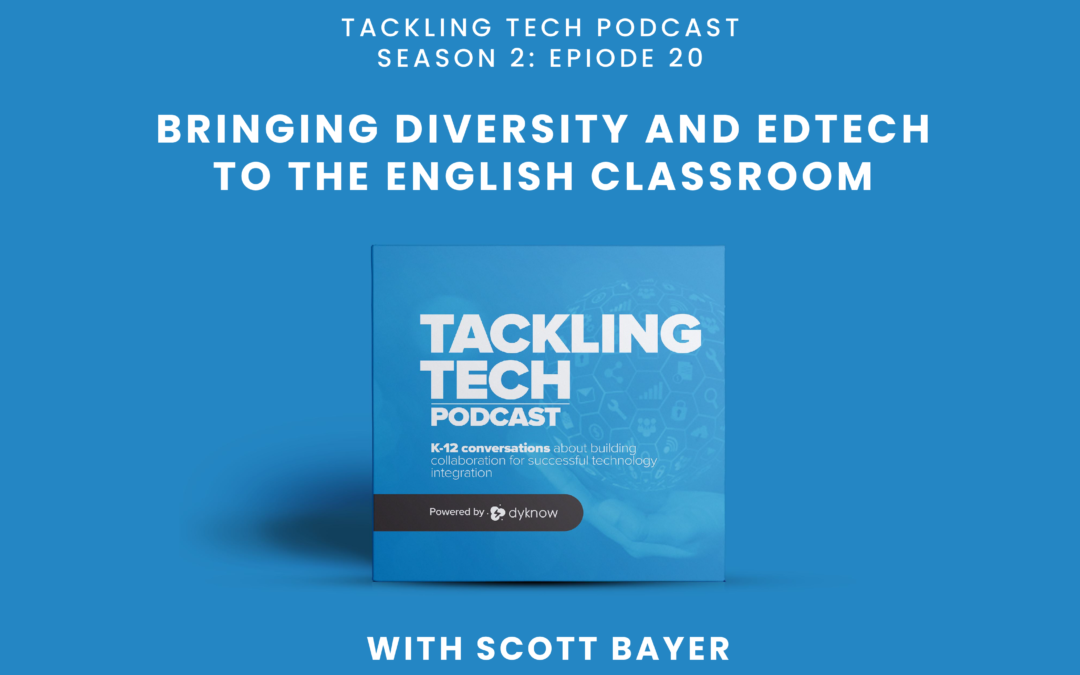
Bringing Diversity and EdTech to the English Classroom
On this episode of Tackling Tech, Tierra Leustig interviews Scott Bayer about being an anti-racist teacher, diversifying reading lists, creating inclusive learning environments, and leveraging ed-tech in non-technical ELA classrooms. Scott Bayer is a High School...

